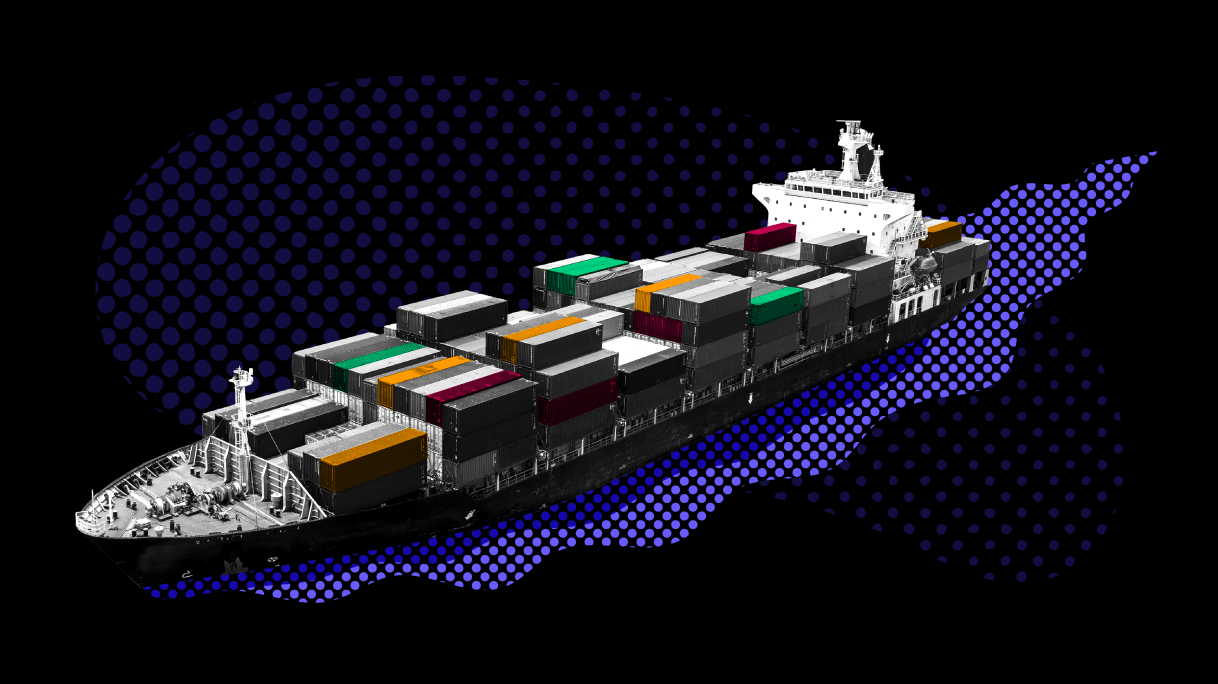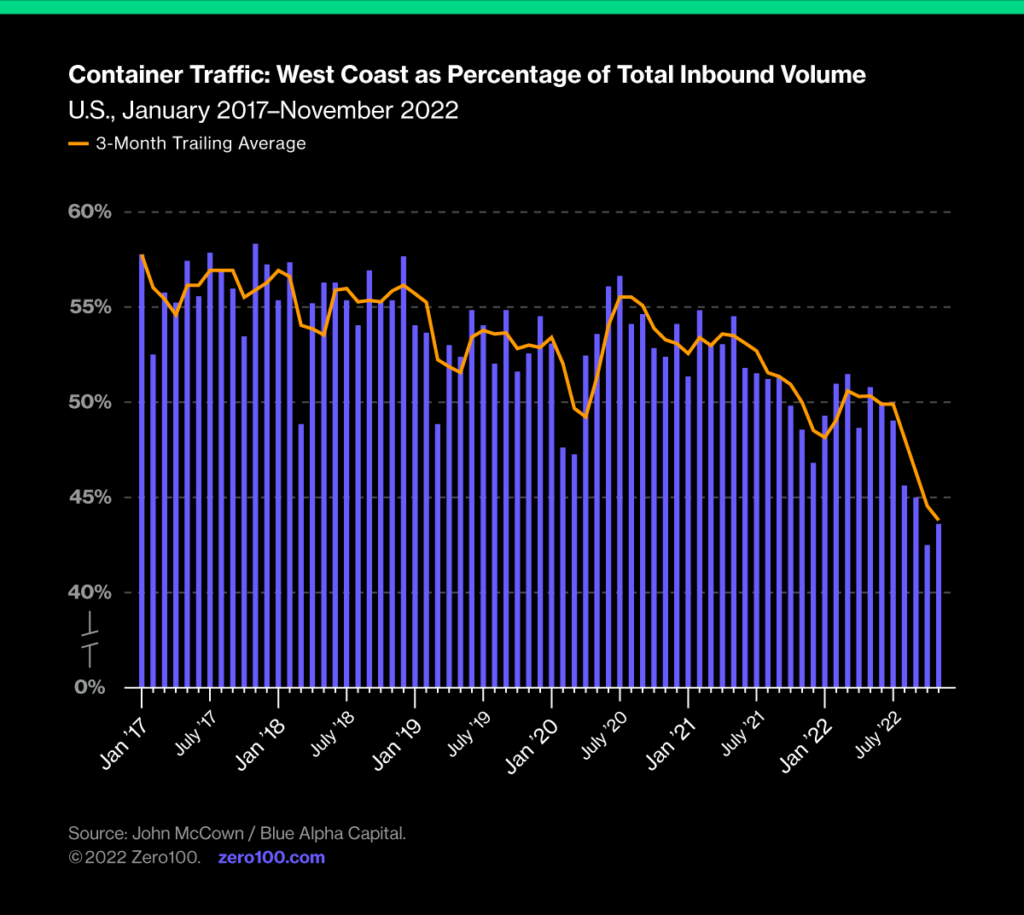
Three Reasons the ILWU Should Embrace Port Automation In LA/Long Beach
Robots are a natural extension of the revolution in shipping sparked by containerization back in the 1960’s. Fast forward to today and we’re living in a world where standards and intersecting tech trends enable automation. While automation will certainly change jobs at LA/Long Beach, for many workers they’ll get even better.
“Industrial Action” is what they call it in Britain – strikes, slowdowns, goons, scabs. Colorful stuff, but historically necessary as a counterbalance to employer power, and an effective tactic for the International Longshore and Warehouse Union since 1937.
Labor activism saw new life post-COVID as smarter unions popped up in places like Starbucks and Amazon, pushing for better deals for workers. The quest for more pay may be fair enough, and expectations of respect are certainly justified, but resisting technology that improves productivity is ultimately futile.
Contract negotiations have been dragging on since May 2022 and the ILWU’s position vs. management in the PMA may seem as strong as ever, but this time could be different. Here are three reasons labor might want to embrace automation instead of fighting it.
Digital Transformation Is Driving Down Automation Costs
Robots have been part of port operations for many years, especially in advanced ports like Singapore and Rotterdam. They are a natural extension of the revolution in shipping sparked by containerization back in the 1960’s. In parallel, computerization grew quickly from its early days in Silicon Valley to spawn and ride Moore’s Law which predicts the accelerating compute power of microprocessors.
Fast forward to 2023 and we’re living in a world where standards enable automation, and intersecting tech trends magnify the effect. Industrial robot costs have declined 84% since 2005 while their capabilities keep improving. Meanwhile, machine vision and data analytics technologies built around artificial intelligence are appearing everywhere in supply chain operations. Layer on top a growing cloud of inventory tracking, container condition, and geo-location data and we have a situation that is ripe for more automation.
The whole point of containers is to standardize shipping. More and smarter machines are inevitable in this equation.
The China Manufacturing Cost Advantage Is Disappearing
Pacific shipping had been financially supported for twenty years by the unbeatable bargains available for manufacturers looking to China, first for low-cost labor, but ultimately for superior capabilities. The deal was so good that leaving some money on the table for ILWU members who reportedly make six-figure salaries was no problem so long as product kept coming into the west coast. In the last three years however, that equation has shifted.
Recently the risk-reward balance has suffered as COVID shutdowns and a surge in trade-war rhetoric has added uncertainty to the deal. None other than Port of LA Executive Director Gene Seroka was recently quoted saying “I’ve had folks in charge … telling me they just couldn’t risk another year of telling their superiors they got caught up in the backlogs at the Southern California ports”. This also shows in moves to re-shore manufacturing, which is in the works for 76% of US manufacturing executives according to AT Kearney.
Meanwhile, other US ports have gained ground at the expense of LA/Long Beach, including New York/New Jersey, Savannah, and Houston, all of which had record years in 2022. The volumes reflect a gradual rebalancing of global trade risk for the US, which includes scaling up warehousing and logistics networks away from Southern California.

Mastering Technology Beats Resisting Technology
James Bessen of Boston University studied the impact of ATMs on bank teller jobs in the US. His main finding was that over 45 years since the introduction of the ATM, the number of human bank teller jobs doubled, and the reason was that the work changed. The implication aligns perfectly with the philosophy of retired ILWU President James Spinosa who says, “Union dockworkers would go along with mechanization, as long as mechanization took them along”.
The jobs at LA/Long Beach will certainly change with automation, but for many workers they’ll get better. Zero100’s research on skills required for digitized supply chains in 2030 points to a growing need for “machine whisperers” who can tune and exploit automation, and “citizen technologists” capable of using new tech to better leverage both machinery and data.
The danger for the PMA and the ILWU is that too much “hard work” is being done by negotiators focused on splitting the pie rather than using technology to make it bigger.
Luddites never win in the long run.